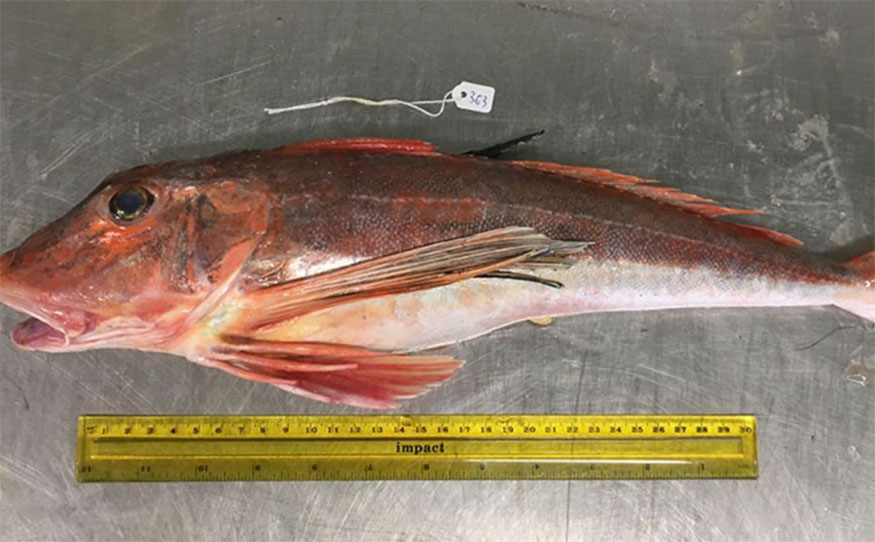Xinhua News Agency, Wellington, September 24 (Reporter Lu Huaiqian and Guo Lei) A research team from the University of Otago in New Zealand found that three-quarters of the more than 150 wild fish caught in a sea area in southern New Zealand contained microplastics.

Using microscopy and Raman spectroscopy to study 155 samples of 10 commercially important marine fish caught off the Otago coast over more than a year, the researchers found that 75 per cent of the fish studied contained microplastics, an average of 75 per fish. 2.5 microplastic particles were detected, and 99.68% of the identified plastic particles were smaller than 5 mm in size. Microplastic fibers are the most common type.
The study found similar levels of microplastics in fish living at different depths in the aforementioned waters, suggesting that microplastics are ubiquitous in the studied waters. The researchers say further research is necessary to determine the risks to human health and ecology from eating plastic-contaminated fish.
Microplastics generally refer to plastic particles smaller than 5 mm in size. More and more evidence shows that microplastics have polluted the marine ecological environment. After these wastes enter the food chain, they will flow back to the human table and endanger human health.
The research results were published in the new issue of the UK's Marine Pollution Bulletin.
Post time: Oct-17-2022







